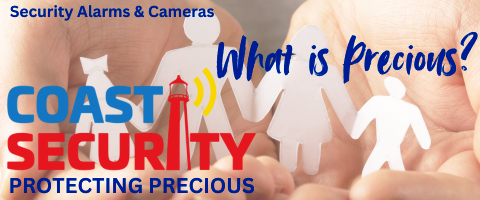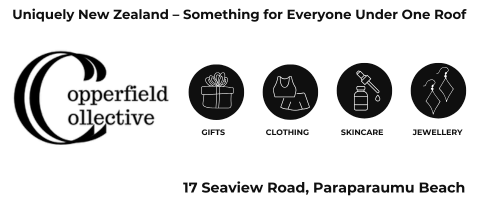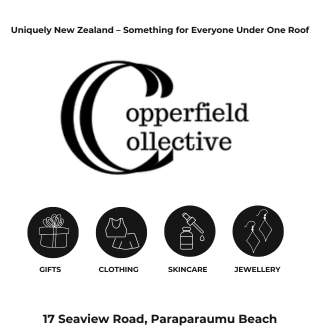Motorcycle riders especially those on motor scooters are ignoring safety warnings and not wearing the minimum of safety gear before travelling on busy city roads.
An MTA survey carried out over the last two weeks found 51 percent of riders failed to meet basic, ACC-suggested equipment guidelines omitting things like gloves, appropriate footwear, trousers or jackets. The results are disappointing considering transport and safety agencies have been campaigning for riders to wear the appropriate clothing and equipment for several years now.
“While in no means a scientific survey, we were surprised at the lack of safety equipment worn by this particularly vulnerable group of road users,” MTA spokesman Hamish Stuart said.
The most frequent lack of protective gear MTA staff observed: riders without gloves.
“If someone is falling off their motorcycle, it’s a natural human response for them to put their hands out to protect themselves. Having proper gloves is a pretty cheap way to prevent more serious injury.”
The next most commonly absent item of equipment was lack of appropriate arm and leg covering; many were wearing a skirt or shorts, or otherwise having bare legs. Flimsy footwear was the next most frequent item of dangerous motorcycling attire, followed by short-sleeved shirts. Finally, a number of riders were spotted with open-face, or partial face, helmets particularly scooter riders.
“Bare skin and tarmac don’t mix well. Skin comes off easily, and even if it’s a slow speed accident, the outcome can be plenty of pain, loss of earnings and in some cases even the motorcycle itself.”
Though proper motorcycle boots are recommended, they weren’t included, as ACC put them in the best-possible category of safety gear. However, these were much more popular with larger capacity motorcycle riders, who generally had much better protective gear over all ‘armoured’ jackets, stout trousers, better helmets and proper gloves.
The roads are definitely not a risk-free environment, and motorcycle death rates are comparatively much higher than those for other motor vehicles 44 riders (and one pillion passenger) have been killed since this time last year, according to Government statistics.
“Bikes and scooters can be a convenient and cheap way to travel but they definitely need plenty of situational awareness, given the rider is so much more exposed. MTA recommends riders take whatever precautions they can. No one ever expects or plans to have an accident that’s why they happen. And it’s not that expensive to get the proper equipment, to better prepare in case the worst happens,” Stuart says.
How we got our results:
-MTA counted 338 passing motorbike and scooter riders, from six locations with heavy traffic flow in Wellington, at times ranging from 7.30am to 6.00pm. All passing motorbikes and scooters were counted; engine rating and/or model type were not classified.
-MTA graded the riders according to categories on ACC’s scootersurvival.co.nz website, which is part of a rider safety campaign running since May 2009.
-Of those passing MTA’s survey staff, 171 (51 percent) riders fell into ACC’s ‘shocker’ category, failing one or more of the criteria on the website.
-Only 167 riders (49 percent) got a rating of ‘pretty good’ or above.








































